In 2022 we started restoring 3.7 ha of largely monoculture pine plantations into a temperate deciduous forest. The forest is located in the northern part of Limburg in the Netherlands, just about 2 km away from the Maas river. Thanks to the river deposits, its loamy sand soil is now one of the most species rich ecosystems of the Netherlands.
With the help of renowned Dutch ecologists we were able to determine the missing tree and shrub species that are likely to flourish when (re)introduced:
Alder buckthorn (Frangula alnus)
Ash (Fraxinus excelsior)
Bird cherry (Prunus padus)
Bittersweet (Solanum dulcamara)
Black alder (Alnus glutinosa)
Common dogwood (Cornus sanguinea)
European blueberry (Vaccinium myrtillus)
Goat willow (Salix caprea)
Grey willow (Salix cinerea)
Guelder rose (Viburnum opulus)
Lingonberry (Vaccinium vitis-idaea)
Pedunculate oak (Quercus robur)
-
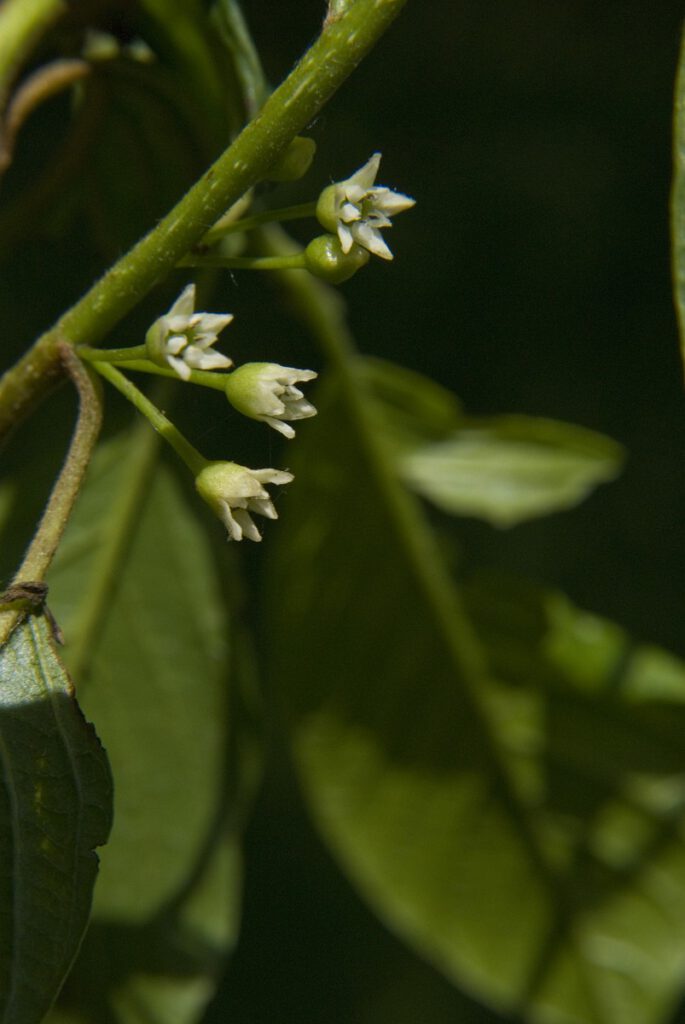
Alder buckthorn (Frangula alnus) -
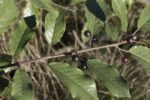
Alder buckthorn (Frangula alnus) -
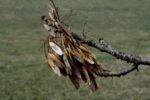
Ash (Fraxinus excelsior) -
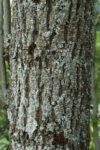
Ash (Fraxinus excelsior) -
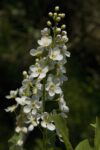
Bird Cherry (Prunus padus) -
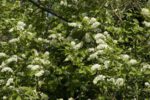
Bird Cherry (Prunus padus) -
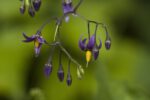
Bittersweet (Solanum dulcamara) -
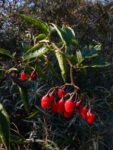
Bittersweet (Solanum dulcamara) -
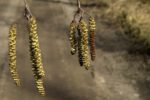
Black alder (Alnus glutinosa) -
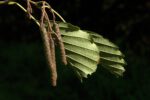
Black alder (Alnus glutinosa) -
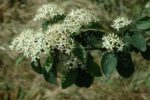
Common dogwood (Cornus sanguinea) -
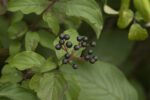
Common dogwood (Cornus sanguinea) -
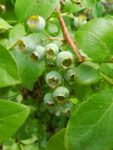
European blueberry (Vaccinium myrtillus) -
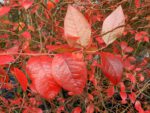
European blueberry (Vaccinium myrtillus) -
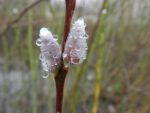
Goat willow (Salix caprea) -

Goat willow (Salix caprea) -
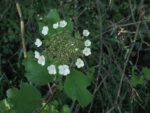
Guelder rose (Viburnum opulus) -
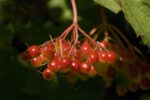
Guelder rose (Viburnum opulus) -
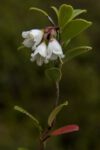
Lingonberry (Vaccinium vitis-idaea) -
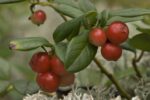
Lingonberry (Vaccinium vitis-idaea) -
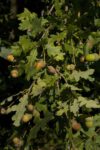
Pedunculate oak (Quercus robur) -
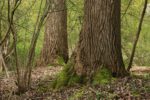
Pedunculate oak (Quercus robur) -
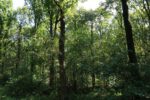
Pedunculate oak (Quercus robur)